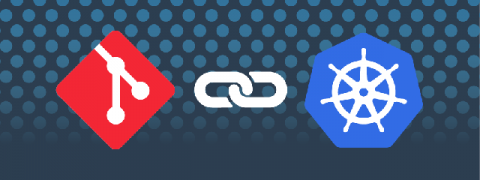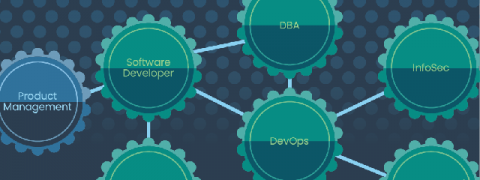Longhorn: Rancher's Journey from Zero to GA
When Frodo was commissioned on a seemingly straightforward journey to retrieve the One Ring, I doubt he realized the adventure and commitment he was embarking on. Rancher Labs started on a similarly daring journey almost four years ago. It didn’t take a wizard showing up uninvited at dinner to convince us of this. From the beginning of Rancher Labs, our founding team had a deep conviction about the importance of storage in the future of cloud-first computing.










